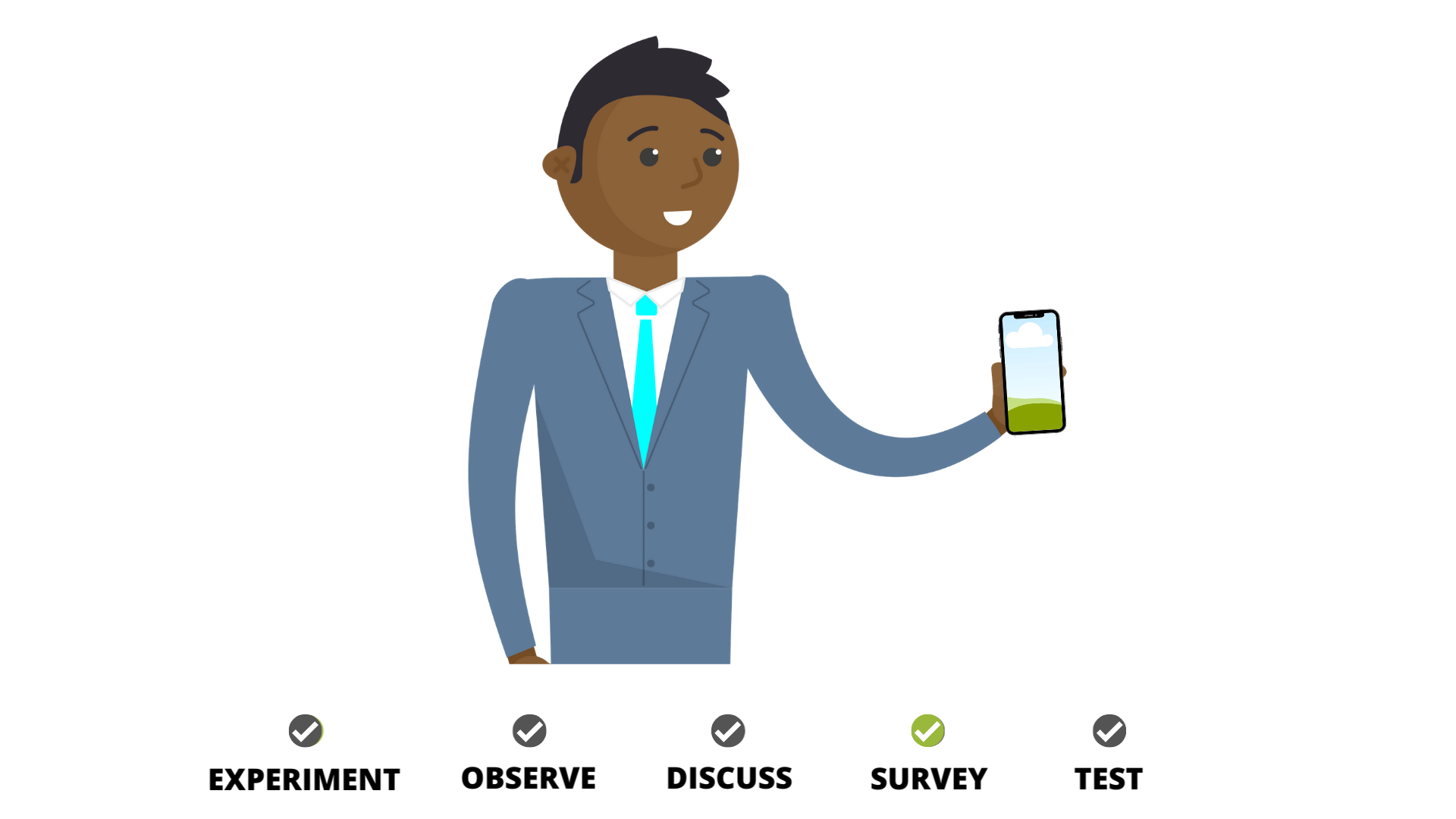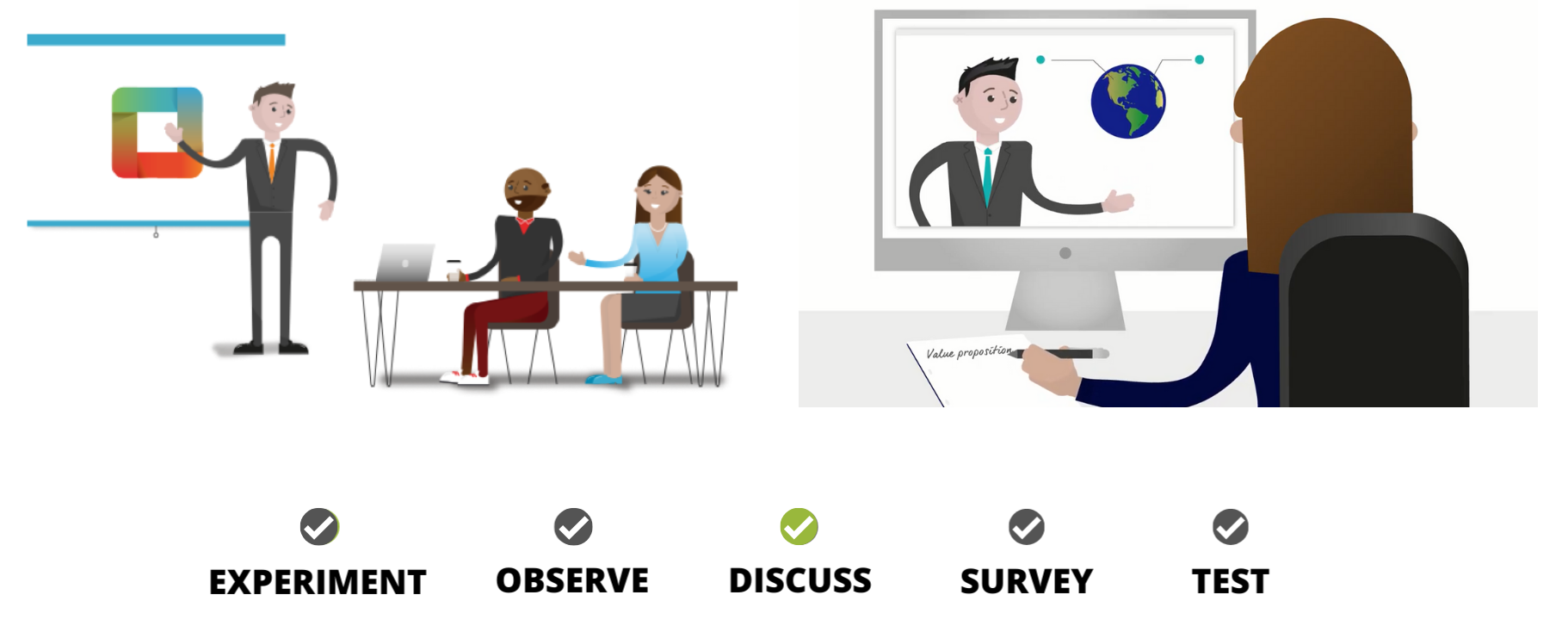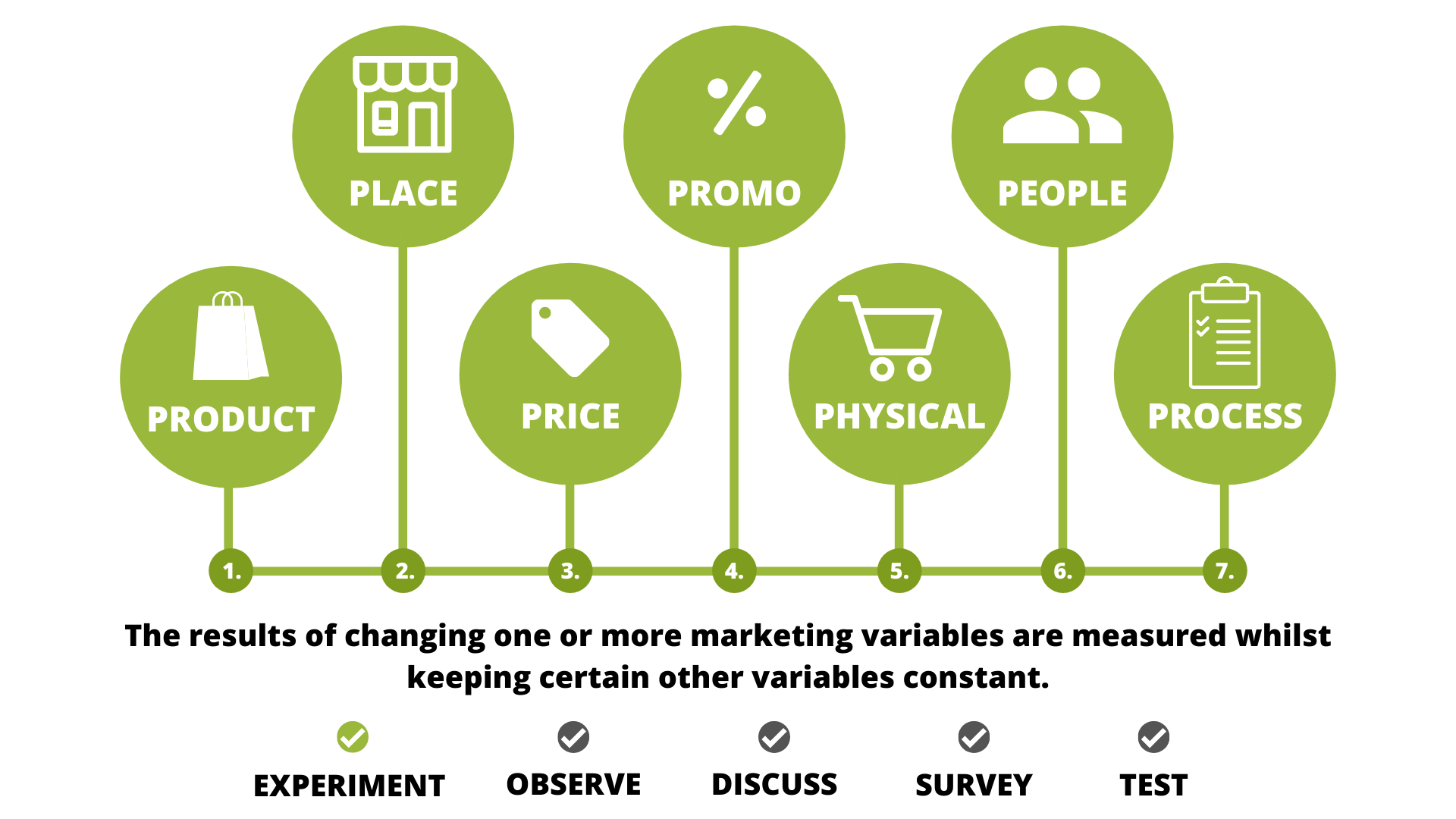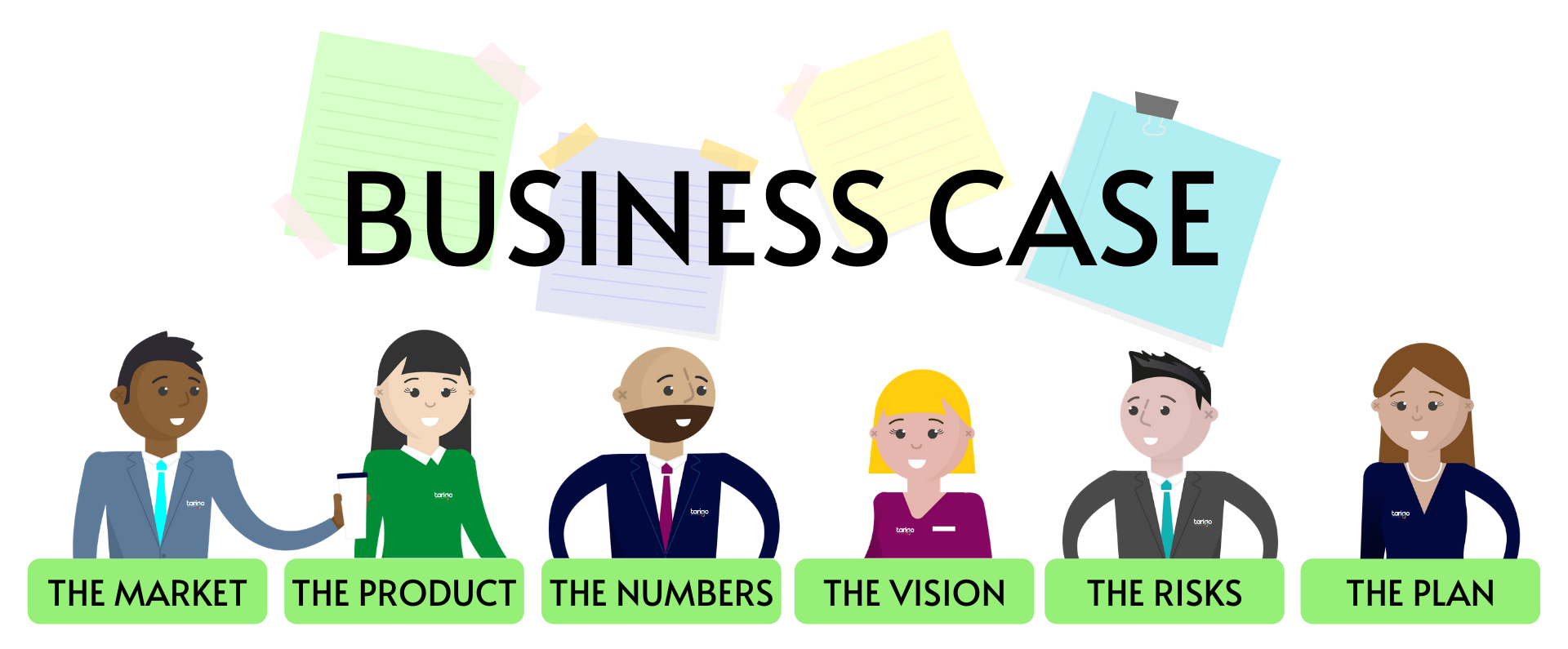Your daily dose of Product Management Goodness
Want to know more?
We would love to hear your questions and suggestions for topics you would like to see covered in our future blog posts, so don't be shy and get in touch!


Survey 4
Technique 4 of 4
Finally, we can use surveys to build a quantitative view of our market. These could be online, over the ‘phone or even postal, but we need to be aware that these type of surveys have the greatest potential for causing resentment on the part of those surveyed and can have very low (less than 1%) response rates. Additionally, respondents may not be representative of the market with just the extremes feeling motivated to complete the survey.
read more

Discuss 3
Technique 3 of 4
A one-on-one either in face-to-face or virtual form is a great way of conducting market research . People are more willing to respond in more depth, detail and honesty outside of a group dynamic. But focus groups also fall into this category – a group of 6 to 12 people who are brought together by researchers to discuss a particular situation or reactions to a product.
More than any other technique, the researcher can impact the outcome. Individuals can build a view of the researchers opinion and modify their response based on that. For example, if interviewees believe the researcher has strong concerns about the environment then some of the cohort will modify their views in an attempt to cause less offence to the researcher.
read more

Observe 2
Technique 2 of 4
Observational market research is a technique which involves directly observing consumers or another target audience in their natural environment - for instance, watching how shoppers stop outside a fashion retailer, what they are drawn to in a window display and which direction they go after entering the store.
But be aware OBSERVING is not the same as UNDERSTANDING.
read more

Experiment 1
Technique 1 of 4
Experimental market research is a useful refinement and validation technique. Take two market research groups and change one single variable within the 7 P model.
For example, the same product is presented, but the price point is changed. We then gauge reaction to this change.
read more

Core Content
CORE CONTENT
Product Managers often present complex content. Imagine presenting a Product Plan at a peer review with a 50 slide deck full of 10 point writing. How do you think your audience would respond?
It’s better to adopt a “less is more” approach. If we take the product plan example, a great way to present it is to build the content into an eight slide deck. Each slide has a heading (the section name) one image (a graph, or picture) and three bullet points. You can then present from it rather than read it.
You’ll get questions as you go, some easy to handle others requiring more thought. For those questions, think of using a “parking lot” – a board where we write questions and comments we’ll address after the meeting.
And one other tip – keep an eye on the time. You don’t want to ruin your big finale because the clock beat you!
read more

Business case
How do you build out a product business case?
It’s a loaded term and everyone seems to have different expectations. So what is a business case?
In simple terms it’d a model to provide justification for undertaking a project or programme. It evaluates the benefit, cost and risk of alternative options and provides a rationale for the preferred solution.
read more
Check out the Archive